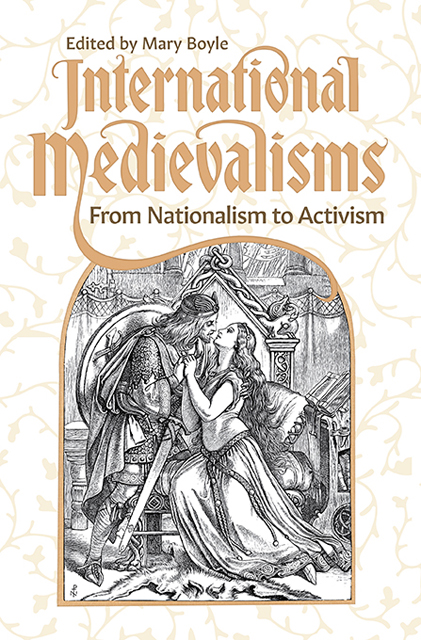12 - ‘The Great Original Suffragist’: Joan of Arc as a Symbol in the US Women’s Suffrage Movement
Published online by Cambridge University Press: 09 June 2023
Summary
Joan of Arc's image was shaped in a variety of ways and widely used even during her lifetime in France, England, and beyond, and she continued to be a powerful symbol for many causes and ideas long after her death. Her role as a woman who did extraordinary things and pushed beyond boundaries set by powerful men played into the way Joan was used as a symbol in the women's suffrage movement, especially in the early twentieth century as she moved toward beatification and eventual sainthood. In England, suffragettes looked to Joan for inspiration, seeing her as both an active, militant soldier for her cause and a sacrificial, devoted martyr. Suffragists in the United States, especially those who had marched alongside their sisters in England, embraced the idea of Joan of Arc as a symbol for the suffrage cause in an attempt to disrupt their tactics in the face of repeated failures to gain the franchise. In particular, young women outfitted as Joan of Arc on horseback became the focal point of suffrage parades throughout the country. Contemporary press accounts indicate that this deployment of Joan as a symbol of womanhood had a marked impact on how the public perceived the suffrage movement. While some objected to Joan's image being used in this way, the overall reaction was positive and may have helped to change perceptions of the suffragists and their goals. By 1917 and the US entrance into World War I, usage of Joan of Arc's image mostly shifted to a wartime footing, indicating that her identity continued to be shaped to fit the concerns of the moment.
From the earliest days of the women's suffrage movement in the United States, Joan of Arc has played a role. Elizabeth Cady Stanton, in her keynote address to the Seneca Falls Convention in July 1848, compared those fighting for the vote to Joan of Arc, arguing that:
now is the time for the women of this country, if they would save our free institutions, to defend the right, to buckle on the armor that can best resist the keenest weapons of the enemy – contempt and ridicule. The same religious enthusiasm that nerved Joan of Arc to her work nerves us to ours.
- Type
- Chapter
- Information
- International MedievalismsFrom Nationalism to Activism, pp. 189 - 204Publisher: Boydell & BrewerPrint publication year: 2023



